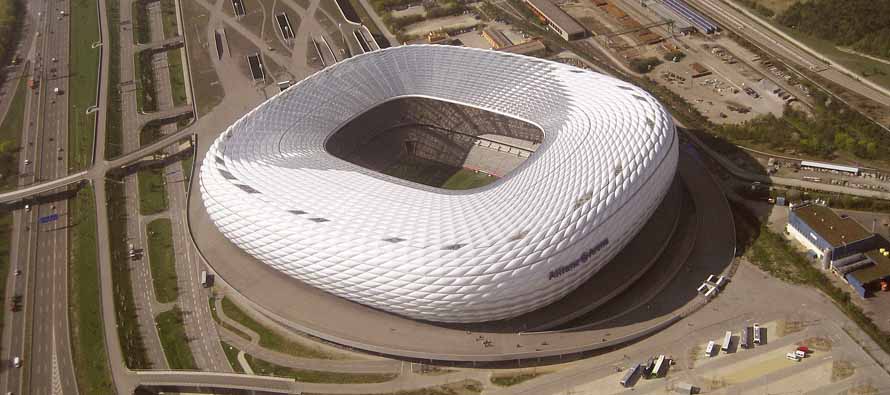


Currently, very few vomitories are wide enough to allow socially distanced, two-way traffic to the seating, so we will need to establish how temporary one-way systems, or possibly traffic lights, can be implemented.įuture designs will also likely offer more variety in seating types for spectators, such as loge (theatre-style) boxes. Inside, the primary challenge is to ensure the circulation process is as safe and contactless as possible. Health screening, handwashing, and PPE may also need to be sporadically addressed at entry points during outbreaks. This will involve both physical design elements and new technologies-for example, using timed ticketing to manage crowds at entrance points, or the implementation of disinfecting arches as seen at some venues in Asia. We predict that there will be a move towards smaller venues with more luxurious, better connected spectator facilities. The pandemic will leave a lasting mark on the stadium experience, and there are key lessons that we can take from recent months that will inform our approach to stadium design and construction.
and to have suitable food and beverage provision readily accessible from the stands. to have compliant and accessible WCs, hygiene, and sanitary provisions suitable for the crowd capacity in each section,. to have viable exits in two directions from the stands and any concourse areas,. vertical circulation, including stairs and lifts, adequate for the capacity of each section,. to have discrete controlled access points for each section from outside the stadium,. In order to implement these sectioned areas, the principal elements required are: The same considerations can now be used to provide public health safeguards between distinct groups of spectators, regardless of team allegiances. Interestingly-and perhaps most importantly-the decades-old practice of creating facilities that can be sectionalised to establish “bubbles” of spectators to keep rival fans apart has new application in a post-pandemic world. It is also essential to take into account capacity in the concourse and crowd flow at entry and exit points. Recently, however, in Australia, New Zealand, and several other countries, we have seen that spectator capacity is not only limited by the number that can be safely seated while socially distanced. The UK guidance above sets out two methods for calculating social distancing. Along with SGSA’s new policy guidance, Sport with Spectators: COVID-19 Regulatory Controls, these documents will help venues get spectators back into live sports events while conforming to social distancing requirements. The Planning for Social Distancing at Sports Grounds is a supplement to the Guide to Safety at Sport Grounds, known as the “Green Guide”. In addition to this, the UK Sports Grounds Safety Authority (SGSA) issued new guidance in September 2020. It goes without saying that none of these approaches matches the spirit of the action or is any substitute for the real thing, for either participants or remote spectators. Some events were even characterised by an eerie quiet punctuated by the swearing of players and coaches. Some events, such as the Tokyo 2020 Olympic Games, proceeded without spectators while others, such as NFL games and Premier League football matches, relied on “canned noise” crowd sound effects. 
The experience of attending live sports and entertainment events in recent months has been a drastically different experience for spectators.
#Stadium design guide how to
We collectively need a thorough understanding of the longer term changes to stadium standards and spectator management, and need to understand how to integrate the relevant changes into the design of upgrades or new facilities. With the likely ongoing need for flexible spaces that can accommodate rapidly changing needs around social distancing and hygiene measures, however, it is clear that we need to begin to re-think stadium design for a post-pandemic world. The COVID-19 pandemic saw mass disruption to live entertainment and sporting venues globally-and while there is growing optimism around the resumption of economic activity, social functions, and major events as vaccine roll-outs gain momentum, the long-term impact of the pandemic on stadiums is uncertain. How will stadium design be impacted by the considerations of a post-pandemic world?
Exhibitions, Associations & Information. Ceilings, Internal Wall Materials & Partitioning.







 0 kommentar(er)
0 kommentar(er)
